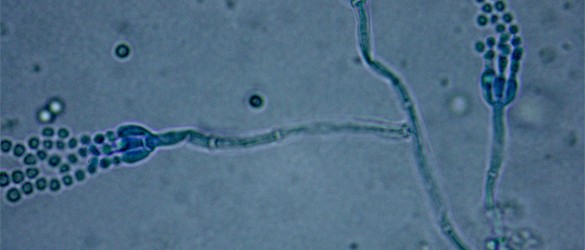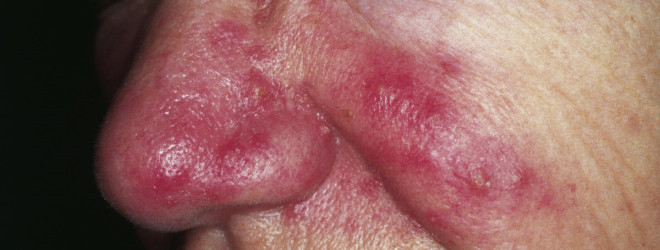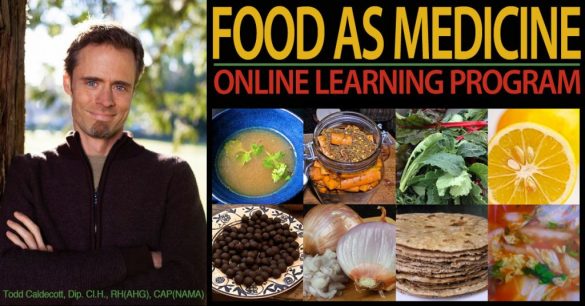Last week I reviewed the issue of antibiotic resistance, and why unlike the perspective held by government, the medical profession and industry, I do not believe the issue is simply a technical problem that can be solved by finding the latest and greatest drug. Such a fantasy underlies much of what unfortunately motivates us as a species, that what we're looking for is just around the corner, instead of seeing the opportunities all around us. It is this same fantasy that drives drug development, and medical innovation is part and parcel of that which drives the economy, which itself is predicated on limitless, unending growth. The great irony, of course, is that this aspiration of growth is exactly the same as that held by cancer, a disease which is now the leading cause of death in countries such as Canada. But think of the cancer cell for just a moment: ignorant and naive, just a-trying to be the best little cancer cell it can be. It's all a matter of perspective: on the one hand, a … [Read more...]

Antibiotic resistance: a herbalist’s perspective (1)
If you have been keeping abreast of science news as of late, you might have come across a recent article published in the journal Nature, which again raises the emerging specter of antibiotic resistance. In a nutshell, antibiotic resistance describes a phenomena in which bacteria that were formerly susceptible to antibiotics are now resistant to them. Antibiotics were developed in the early 1900s, first with the development of the sulfonamides in the 1930s, the penicillins in the 1940s, shortly followed by an ever-growing list of antibiotics, including the tetracyclines, glycopeptides (e.g. vancomycin), metronidazole, cephalosporins (e.g. cefadroxil), and fluoroquinolones (e.g. ciprofloxacin). The development of antibiotics has been hailed as one of the great achievements of modern medicine, but as a herbalist, I have always found the boastful crowing of advocates rather high-pitched, particularly as how I have treated many cases of serious infection using methods that predate Western … [Read more...]

How to get rid of rosacea
Rosacea is a common skin disorder that manifests as a red spotty rash typically found on the face, including the forehead, chin, nose and cheeks, but can also affect other regions of the body such as the eyes, chest and back. Sometimes referred to as the "adult acne", rosacea is more common during middle age and is three times more likely to affect women. Although a specific cause has not yet been elucidated, rosacea has been linked to a variety of factors including chronic infection, poor digestion, improper diet, medication side-effects, and lifestyle factors. Chronic cases of rosacea often manifest as small bumps and pustules along with a generalized increase in local redness, often accompanied by red eyes, as well as burning or stinging sensations. If left untreated, chronic rosacea can lead to telangiectasia (dilation of superficial blood vessels on the face) as well as rhinophyma, in which the nose gradually becomes bulbous and red from chronic inflammation. There is also … [Read more...]

Q&A: Is flax oil good for health?
With all of the hype on flax seeds could you please explain your recommendations on flax seeds and flax oil?! The consumption of flax seed and flax oil was popularized during the early 1990s in response to scientific research suggesting that the chronic inflammation that characterizes Western civilization was caused by an imbalance between the ratio two different types of "essential" fatty acids, popularly known as "omega 6" and "omega 3". The research showed that Westerners consumed too much omega six fatty acids, primarily, from recently introduced industrial fats such as corn oil, safflower oil and soya oil. As these new fats displaced traditional saturated fats such as butter, lard and tallow, the ratio of omega 6 fatty acids relative to omega 3s in the Western diet increased dramatically. The body uses omega six fatty acids to promote inflammation, and omega 3 fatty acids are metabolized to reduce or inhibit inflammation. Inflammation is a very useful and life-saving mechanism, … [Read more...]

How to treat dandruff?
Dandruff is a hyper-proliferative affliction of the skin of the scalp, meaning that for some reason the skin has a rapid rate of turnover and flakes off in excessive amounts. Although emboldened with it's own scientific name (Pityriasis simplex capillitii, complete with no less than eleven syllables and a double 'ii' thrown in for good measure), the term 'dandruff' is really more of a wastebasket diagnosis, meaning that any number of factors can cause it. But even if they don't fess up directly, those dandruff shampoo manufacturers are betting that it's caused by a fungal infection. Just go take a look at your bottle of anti-dandruff shampoo. Ketoconazole? Selenium sulfide? Zinc pyrithione? All anti-fungals. Hmm. Could it be that everyone's dandruff is caused by a fungal infection? But why on earth would so many people have this problem? Shampoo is derived from the Indian word 'champu', referring to a head massage. Although most of us have a bottle of it in the shower, it was only a … [Read more...]






